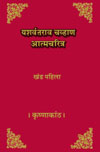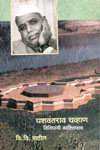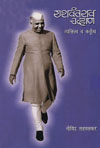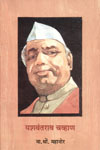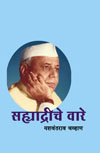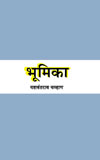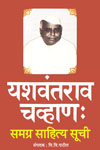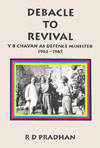Now comes the very usual controversy, to which many members referred, about the contribution of direct taxes v /s indirect taxes. The general criticism was that we have laid more emphasis on indirect taxes, but if we see the general trend on increase in direct taxes in the last five or six years, there is a continuous growth in quantum of such taxes in the totality of taxation in the country. This year new levis in the nature of direct taxes are for a limited period; really speaking, the direct taxes to which I have made reference, are going to contribute Rs. 57 or Rs. 58 crores for next year. Really speaking, this is an additional dose of direct taxation that we have tried to give through the instrumentality of this budget, and I think it is not a less important effort.
Shri Samar Mukherjee of the CPI (M) said that in the last 23 years, the ratio of direct taxes to the total revenue of the Central Government in tax collection has declined and that of indirect taxes has increased. The point raised is a valid one. It has been our anxiety to increase the proportion of direct taxes to the total taxation. At the same time, it must be realised that in the ultimate analysis, it is only by accelerating the process of growth of industrialisation that this purpose can be serve. During the last four and five years, we have made significant strides in this direction. Thus, while in the budget of 1968-69 the contribution of direct taxes was Rs. 10 crores, in 1969-70 it went up to Rs. 23 crores; in 1970-71, it further increased to Rs. 36 crores and the taxes levied in the current year (full) will yield Rs. 57 crores. It will not, therefore, be correct to say that all our energies have been concentrated on getting additional resources only from indirect taxes.
It must also be realised that the picture presented by Shri Mukherjee is only partial as the revenues of the State Government have not been taken into account by him. If this is to be seen in its proper perspective, we must take into account the combined revenues of the Central and State Governments and also the proportion they bear to the national income. The low proportion of direct taxes to the total revenue of the Central and State Governments is attributable to two factors. In the first place, in a developing economy like ours, it is inescapable that the major tax contribution has to come from indirect taxes. It is only when the economy develops and the number of taxpayers liable to pay tax increases that the contribution from direct taxes will increase. This is also borne out by the fact that in all countries which are in different stages of development, direct taxes contribute about 3-4 per cent of the total tax revenue as a percentage of national income.
Another factor which accounts for the comparatively low contribution of direct taxes to the total tax revenue is that the agricultural sector is entirely outside the purview of central direct taxes. The State Governments have not for various reasons found it possible to raise adequate resources from this sector. As far as we are concerned, we have made very clear our stand in this matter. In my budget speech, I have devoted a couple of paragraphs to this particular aspect. There is certainly some constitutional difficulty for us, but I have no doubt in my mind that, whether it be the rich in the urban areas or the rich in the rural areas, they must all be taxed and must make their contribution. In this matter, I have said that with the cooperation and help of my colleague, the Planning Minister, who is also Deputy -Chairman of the Planning commission, possibly we might succeed in our effort to persuade the State Governments to come round and have a new look at this whole problem again. I was saying that it was within the purview of the State Governments. Hon. Members will recall that I had highlighted this point in my budget speech by stating that constitutional prerogatives of the Union Government to initiate measures of reform in the countryside are restricted.

